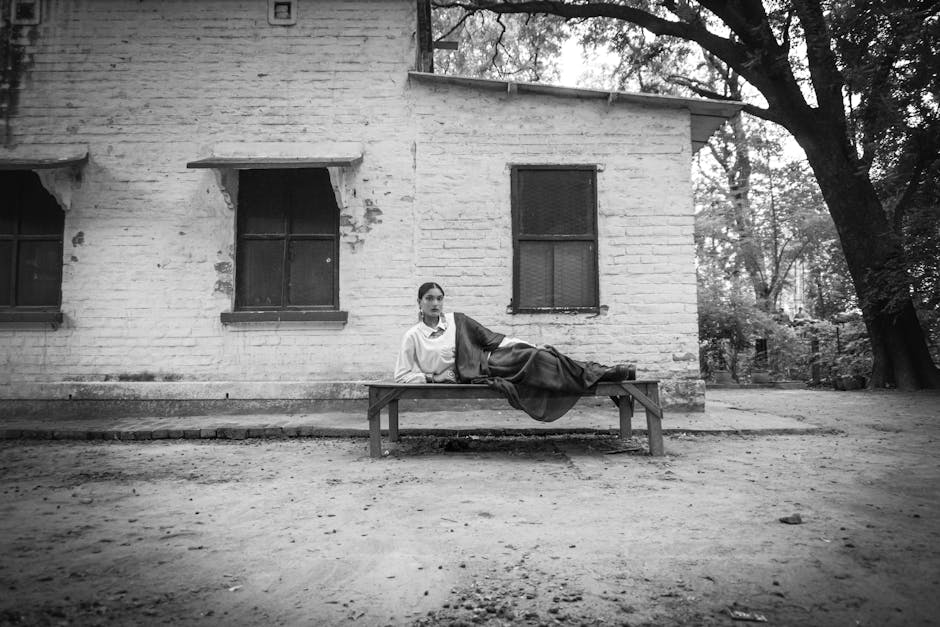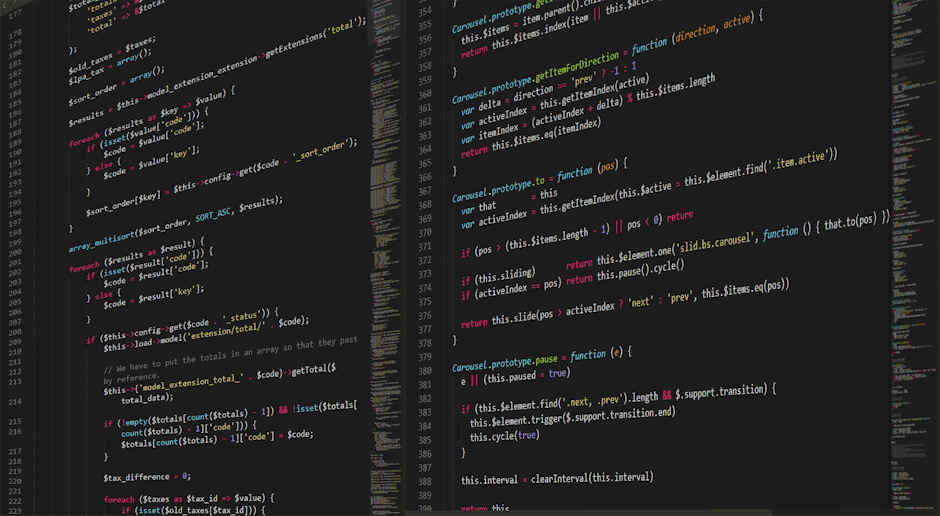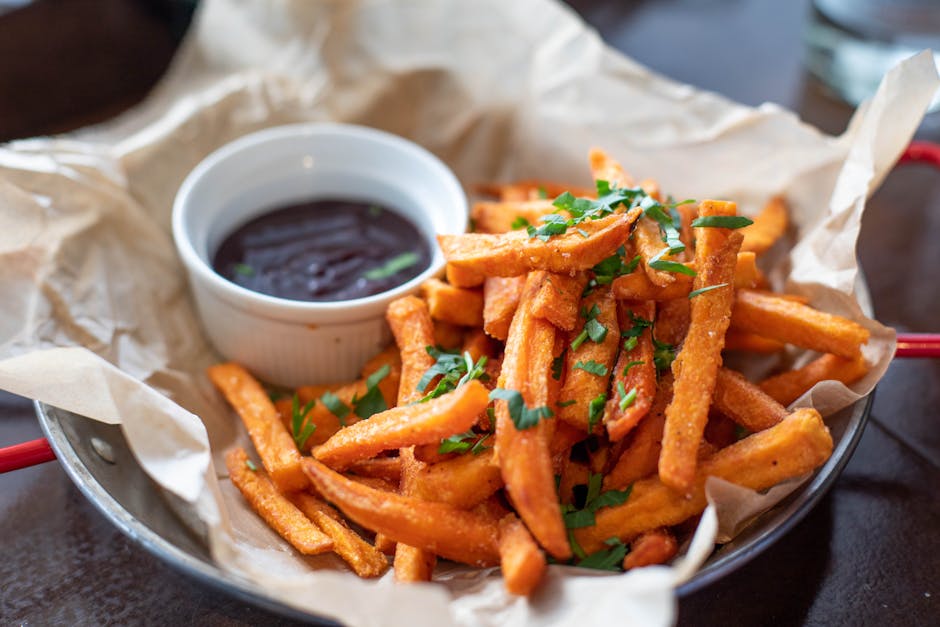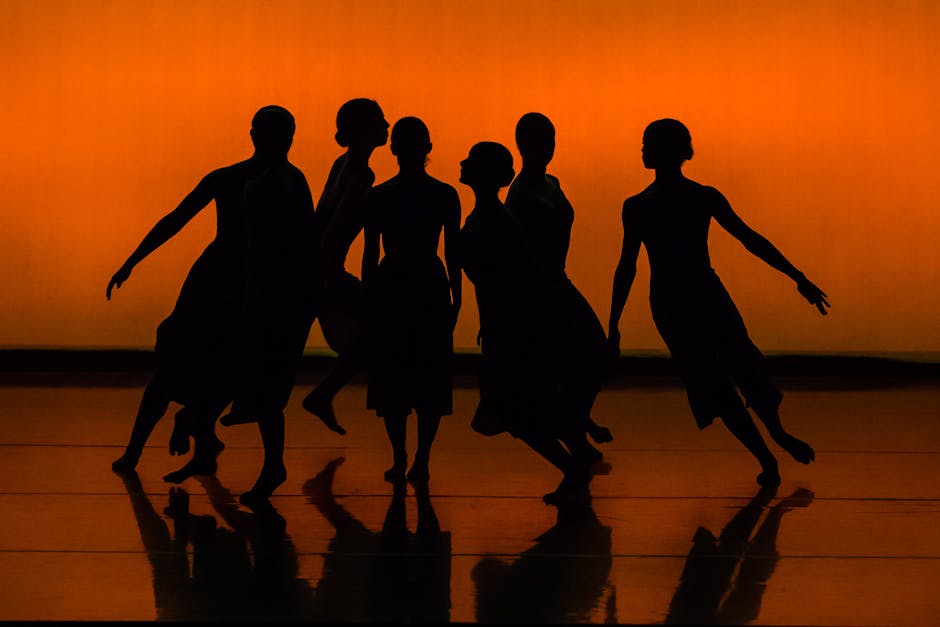
It’s 2025, and you know, sometimes I find myself scrolling through old playlists, really digging into the stuff that just… hits different. And then it happens. A beat drops, a sample loops, and suddenly, you’re nodding your head, maybe even doing that little shoulder shimmy thing you thought you outgrew. P. Diddy. Or Puff Daddy. Or Diddy. Whatever name you choose, the music, it just keeps popping up, right? It’s wild, when you think about it. Twenty-five years, thirty even, since some of these tracks first took over the airwaves. Yet, here we are, in a world that’s moved on from flip phones to who-knows-what, and his tracks still got that something. How does that even happen? What makes a song from the shiny suit era still feel, I don’t know, present? It’s a good question. Maybe it’s not about being super cutting-edge in 2025, but about building something that was so big, so foundational, it just became part of the background noise of pop culture, a good background noise. He crafted a vibe, truly. Not just beats, but whole moods.
Back to the Bad Boy Sound, Again
Remember that distinct, kinda opulent, kinda gritty sound that just blasted out of New York in the mid-nineties? Yeah, that was Bad Boy. And a lot of it was P. Diddy’s doing. He wasn’t always on the mic, but his fingerprints were all over the production. Think about it. The big, dramatic samples. The heavy basslines that made your car speakers rattle. The way everything just sounded… expensive. It was a whole era, really.
Take “Can’t Nobody Hold Me Down,” for instance. That Mase feature, Diddy’s bragging, the Grandmaster Flash sample woven in. It just felt like a victory lap. And it was. He built this empire, brick by sonic brick. Songs like “It’s All About the Benjamins.” That track wasn’t just a song; it was an anthem for aspiration, a declaration. You had The Lox, Lil’ Kim, Biggie, all on one track, and Diddy orchestrating the whole glorious mess. The way he could take a classic rock riff, flip it, and turn it into something utterly hip-hop, that was his genius. People forget how much of that was him. His productions, even when featuring other artists, had this signature flair. They always sounded grand, like they belonged in a stadium, or at least a really fancy club.
And of course, there’s the stuff with Biggie. Oh man, where do you even start? “Hypnotize.” That instantly recognizable Herb Alpert sample. Pure genius. Diddy knew how to pick a sample, make it shine, and then layer it with the perfect MC. It wasn’t just about making beats; it was about creating moments. He had this ear for what was gonna blow up, what would get people dancing, what would stick in their heads for weeks. He found the perfect intersection of pop appeal and street credibility. It’s hard to do that without sounding fake, but somehow, he pulled it off. He had a knack for it, I guess.
Beyond the Mic: Diddy’s Hand in the Hits
It’s easy to focus on P. Diddy as an artist, you know, the guy with the fancy outfits and the music videos. But honestly, his biggest contributions, the ones that really shaped the soundscape of the late 90s and early 2000s, were often behind the scenes. He was a hit factory, pure and simple.
Think about artists who aren’t even on Bad Boy but got that Diddy touch. Mariah Carey’s “Honey.” That’s a smooth, slinky track, and Diddy brought that hip-hop swagger to it, making it feel fresh for her. Or Usher’s “You Remind Me,” where he just added this subtle, cool vibe that elevated the whole thing. He knew how to get the best out of an artist, making their sound bigger, bolder, sometimes even a little more dangerous. He wasn’t afraid to take R&B artists and sprinkle some gritty hip-hop dust on their tracks.
Mary J. Blige, for instance, her early stuff, especially My Life, was heavily influenced by him. That blend of raw, soulful vocals with a hip-hop backbone? That was a signature Diddy move. He took R&B and gave it an edge, making it feel less smooth jazz and more street symphony. He understood the connection between these genres before a lot of people did. It’s kinda funny, sometimes the producer does more for a track than the actual singer gets credit for. And with Diddy, that was often the case. His arrangements, the ad-libs, the way he mixed it all down—it just sounded like money. And success, too. That Jimmy Page guitar lick in “Come With Me” for the Godzilla soundtrack? Who else would even think of that? It’s weird, but it worked. He wasn’t afraid to take these big, weird swings, and a lot of times, they landed.
That Dirty Money Vibe and What Came After
Just when you thought you had P. Diddy figured out, he went and switched it up. Last Train to Paris, his album with Dirty Money, came out and it was… different. Really different. It wasn’t the same old Bad Boy samples and boasts. This was more electronic, more European club, more R&B. It showed he wasn’t stuck in the past, even if the past was incredibly successful.
Tracks like “Coming Home” with Skylar Grey. That song felt like a completely new chapter. It was introspective, a bit melancholic, but still had that anthemic quality he was famous for. It wasn’t just about partying anymore; it felt like he was reflecting, maybe even apologizing a little bit. It had a different kind of ambition, wanting to break free from what people expected. He brought in Dawn Richard and Kalenna Harper, and they created this whole new sound, this trio that felt both modern and a little bit timeless. It was a risk, honestly. People liked the old Diddy. But he pushed himself, and it paid off with some really interesting music.
And after that? Well, Diddy kept Diddy-ing, didn’t he? There were singles, features, always keeping a toe in the water. He never fully disappeared from the music scene, even when his other ventures, like Cîroc or Revolt TV, were making bigger headlines. He’d pop up on a track, drop a verse, remind everyone he was still capable of crafting a banger. The music sometimes took a backseat to the business, sure, but it was always there, lurking. He understood that his music was the foundation, the actual thing that got him where he is. Without those beats, those hooks, that swagger, there’s no empire.
Diddy’s Musical Footprint in 2025: Still Standing?
So, here we are, 2025. Is P. Diddy’s music still relevant? You bet it is. Maybe not in the way a new pop sensation is, but in a much deeper, more ingrained way. His sound, his production style, it literally shaped a generation of hip-hop and R&B. Artists today, whether they realize it or not, are still building on the foundations he helped lay. That whole “mix R&B with hip-hop beats” thing? Diddy was doing that heavy-duty way back.
Think about how many times you hear a sample that sounds like it could have come from a Bad Boy track. Or the way artists present themselves, with that blend of luxury and street smarts. That’s Diddy’s influence, too. He wasn’t just a rapper; he was a brand builder, a vibe creator. And the vibe, you know, it tends to stick around. I mean, my younger cousin, who wasn’t even born when “Mo Money Mo Problems” dropped, knows all the words. That’s not because I forced it on him. It’s because these songs just… live. They’re part of the fabric now.
Sure, he’s had his controversies, his ups and downs. Everyone does. But when you strip away all the headlines and focus on the actual beats, the actual songs, the impact is undeniable. He made party anthems, introspective bangers, and everything in between. He showed hip-hop could be pop, could be mainstream, without losing its edge. He brought a certain level of showmanship to the genre that was completely transformative. And for that, his music, his tracks, they absolutely still stand tall, even today.
FAQ: Your Diddy Track Questions
What are some of P. Diddy’s most iconic produced tracks for other artists?
Honestly, there are tons, but some really stand out. Think about his early work with Mary J. Blige, especially on her My Life album. Then there’s Mariah Carey’s “Honey,” where he brought that cool hip-hop swing. Don’t forget Usher’s “You Remind Me.” He just had a knack for adding that special sauce.
How did P. Diddy’s production style change over the years?
In the beginning, it was all about those big, dramatic samples and heavy, almost orchestral sounds, the “shiny suit” era feel. Later, especially with Dirty Money, he started experimenting with more electronic sounds, a sleek R&B vibe, moving away from just classic hip-hop beats. He was always trying new stuff.
What’s the deal with all the different names – Puff Daddy, P. Diddy, Diddy, Sean Combs?
It’s basically him just evolving, or maybe getting bored with one name, haha. He started as Puff Daddy, then switched to P. Diddy, and eventually just Diddy. Sean Combs is his actual name, of course, which he uses for his business ventures. It’s all the same guy, just different phases.
Are P. Diddy’s older tracks still getting sampled or referenced by current artists?
Absolutely. His production sound was so distinct and influential that elements of it pop up all the time. Whether it’s direct samples, interpolations, or just that vibe of combining luxury with hard beats, his footprint is still there in new music. That Bad Boy sound is timeless in some ways.
What makes P. Diddy’s personal tracks (where he raps) memorable?
Beyond the production, his own tracks often had this undeniable swagger and confidence. He wasn’t always the most lyrical rapper, but he knew how to deliver a catchy hook, craft an anthem, and get guest artists to shine around him. They were big, celebratory, and often just felt like the soundtrack to a party you wanted to be at.






